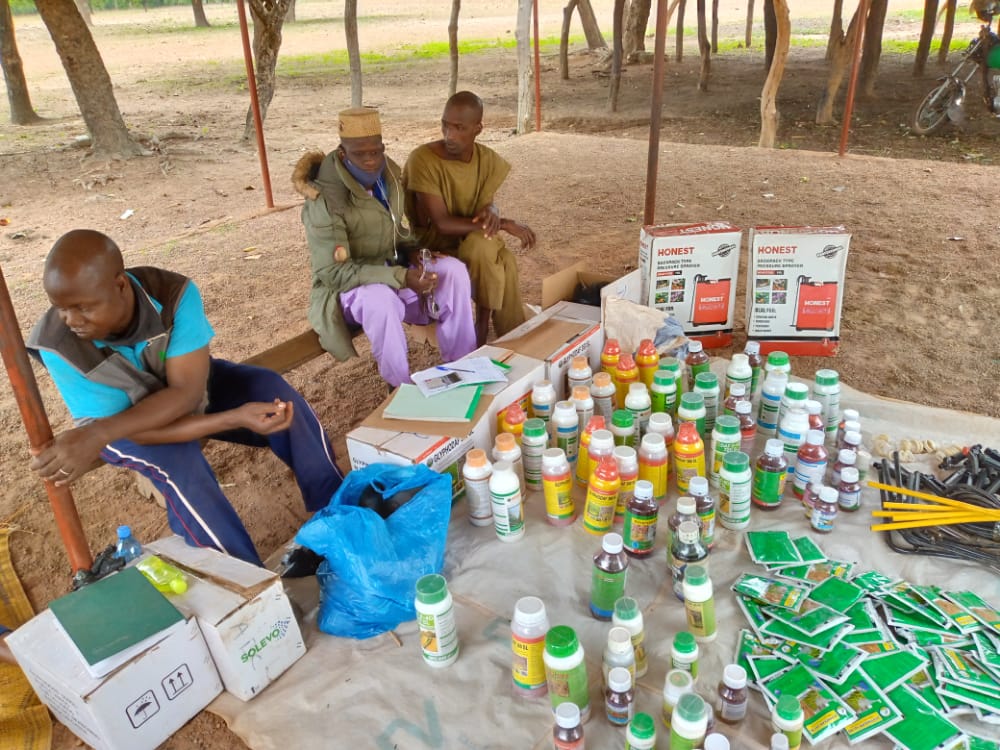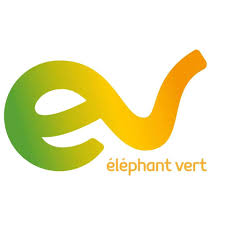Scaling Village Input Fairs in Mali

In collaboration with IPA and local agriculture and microfinance partners, researchers are conducting a randomized evaluation to scale up a village input fair intervention that enables farmers to place orders and purchase agricultural inputs from agro-dealers. The intervention aims to reach 60 thousand people.
Modern agricultural inputs such as fertilizers and crop protection products are essential for boosting agricultural productivity and improving farmers' livelihoods. However, rural input markets in Africa, particularly in Mali, struggle to drive agricultural transformation due to supply and demand constraints. Village input fairs are promising in overcoming these challenges, as they connect farmers and agro-dealers, allowing pre-orders for inputs with just a 10 percent deposit. Additionally, credit and savings options help farmers finance their purchases. Previous IPA research in Mali showed that input fairs allowed demand for fertilizer to increase from 20 to 28 percent, while fertilizer usage increased by between 9.5 and 13.7 percentage points. Altogether, VIFs address the last-mile problem of missing markets in rural areas.1
In collaboration with IPA and local agriculture and microfinance partners, researchers are conducting a randomized evaluation to investigate how to scale up the village input fairs in Mali. A total of 150 villages (60 thousand people) in the Bougouni and Sikasso regions are participating over two years:
- Year 1: input fairs for 75 villages
- Year 2: input fairs for 150 villages
This research will address the effectiveness of private sector scaling strategies for interventions on input demand and supply side ag-dealers. Market building costs reduce as these innovations scale and ag-input dealer businesses grow. Compared with the existing solution of government subsidies, market-building innovations have much lower costs and equity. Given that there are no requirements for participating, village input fairs allow for greater access for all farmers, including underserved groups like women.
This study is made possible by the support of the American people through the United States Agency for International Development (USAID). The contents are the responsibility of Innovations for Poverty Action and do not necessarily reflect the views of USAID or the United States Government.
Sources
1. Dillon, Andrew, and Tomaselli, Nicolò, “Making Markets: Experiments in Agricultural Input Market Formation.” 2024.
Funding Partner

VIFs firms

Microfinance Institutions



Organic Inputs Provider













